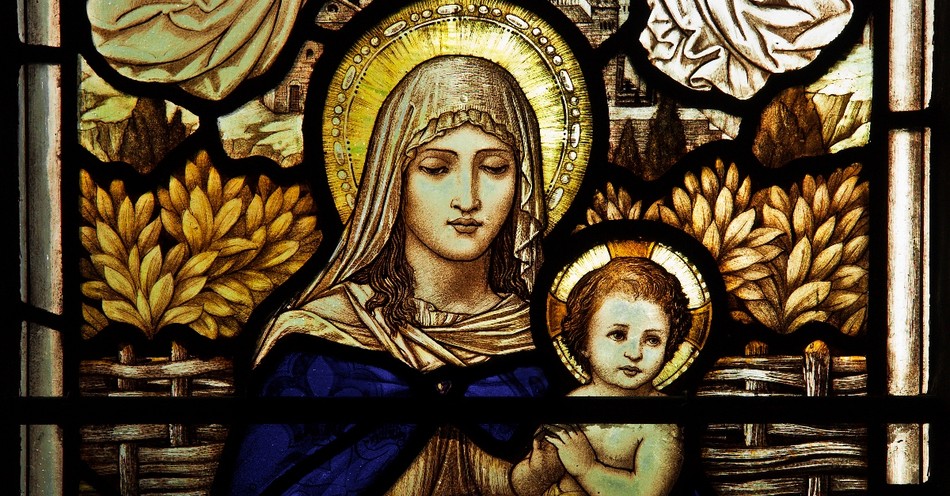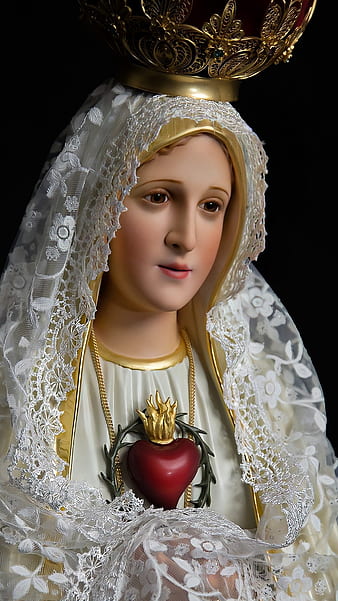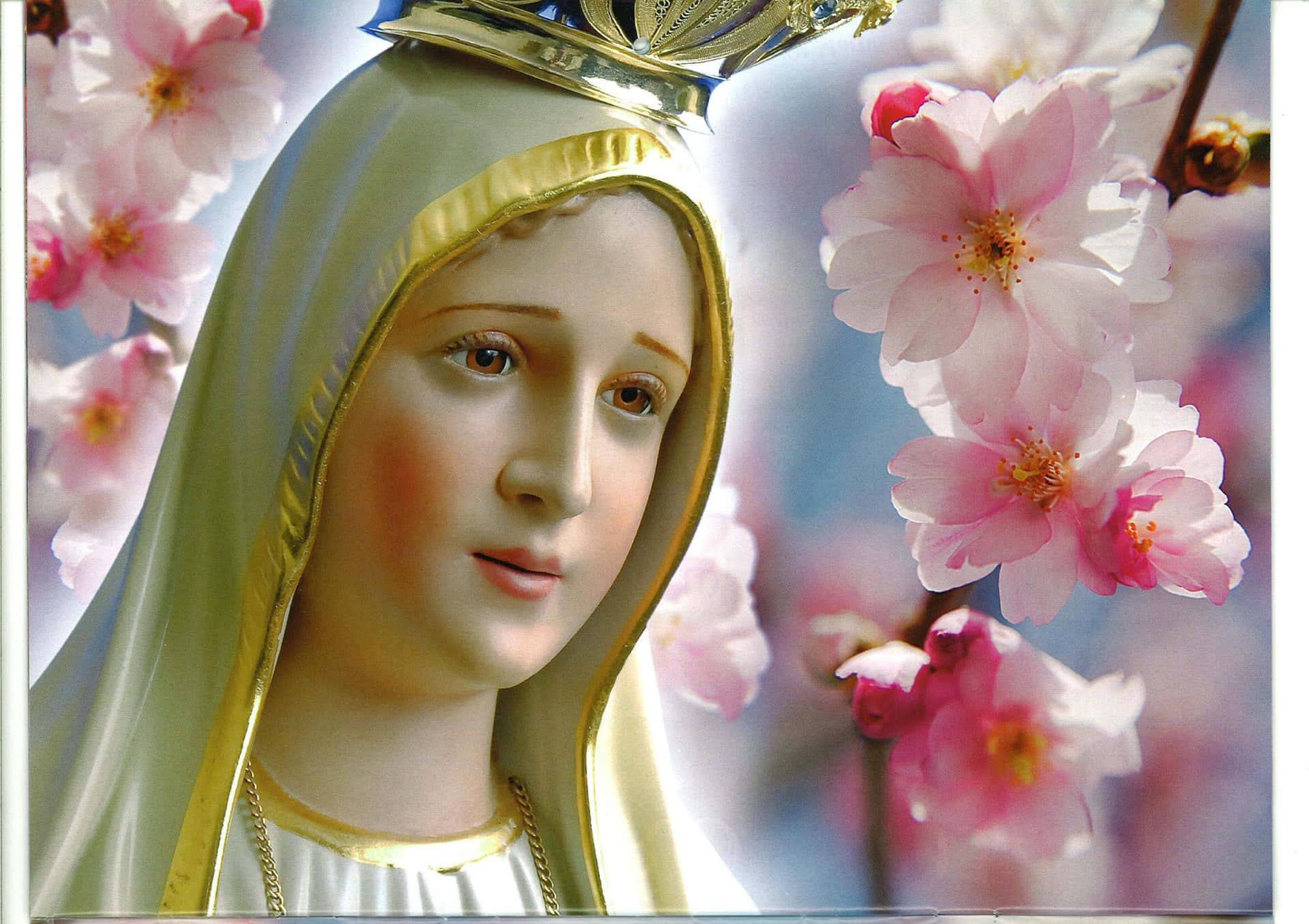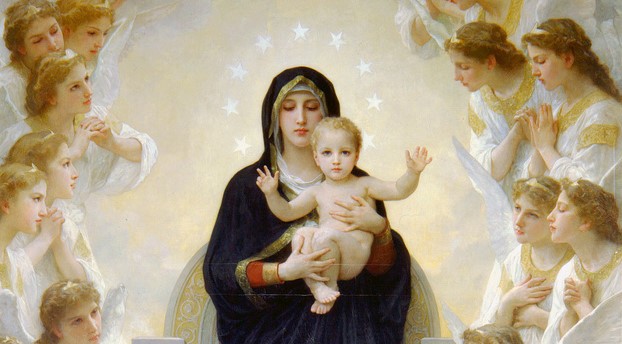Miracles and Marian Shrines: A Theological and Sociological Analysis
This article presents a comprehensive analysis of reported miracles associated with Marian shrines, integrating theological and sociological perspectives. We will define key concepts to establish a robust analytical framework. A miracle, in this context, is defined as an event defying natural laws, attributed to divine intervention. A Marian shrine is a sacred site linked to apparitions or significant events related to the Virgin Mary. Intercession refers to Mary's role as a mediator between humanity and God within Catholic theology. The analysis utilizes sociological theories, such as Durkheim's concept of collective effervescence, and psychological perspectives on faith healing and the placebo effect, alongside theological interpretations of Marian apparitions and their place within Catholic doctrine. This interdisciplinary approach facilitates a nuanced understanding of the complex phenomena surrounding Marian shrines.
The Socio-Religious Dynamics of Marian Shrines
Marian shrines function as powerful centers of Catholic faith, attracting millions of pilgrims annually. This enduring appeal can be explained through Durkheim's theory of collective effervescence, which describes the heightened social energy generated by shared religious experiences. The collective belief in Mary's intercession and the potential for miraculous healings fosters a strong sense of community and shared purpose among pilgrims. This shared experience amplifies individual faith, creating an emotionally charged environment conducive to reported miraculous healings and spiritual transformations. Empirical evidence, such as numerous testimonials of healing and spiritual renewal, supports this observation. Furthermore, the well-documented placebo effect plays a significant role; the fervent belief and expectation of healing can trigger the body's innate restorative mechanisms, potentially contributing to perceived miraculous recoveries. This interaction between faith, social context, and physiological response is a crucial aspect of understanding the phenomena observed at these sites.
Case Studies: Illustrative Examples of Marian Shrines
Several prominent Marian shrines provide compelling case studies illustrating these dynamics. Our Lady of Guadalupe in Mexico City, with its iconic image, serves as a powerful symbol of faith and national identity, attracting vast numbers of pilgrims. The reported healing waters of Lourdes, France, highlight the interplay between faith, expectation, and potential psychosomatic effects in reported physical cures. The apparition at Fatima, Portugal, and its associated "Miracle of the Sun," exemplify the impact of mass-witnessed events on faith and belief systems. Similar collective experiences are documented in Medjugorje, Bosnia and Herzegovina (with its ongoing apparitions), and Knock, Ireland (known for its silent apparition), demonstrating the transcultural nature of these phenomena and the diverse ways in which faith manifests itself.
The Role of Ritual and Devotional Practices
The recitation of the rosary, a central devotional practice at many Marian shrines, plays a significant role. This repetitive prayer fosters a meditative state, potentially contributing to spiritual experiences and feelings of peace and comfort. The Rosary of the Seven Sorrows, in particular, offers a framework for connecting personal struggles with Mary's suffering, providing solace and strength. The intense prayer and devotion at these sites are often interpreted as strengthening the potential for divine intervention, contributing to reported miracles of healing and spiritual conversion. The ritualistic aspects of these practices should not be overlooked, as they contribute significantly to the overall experience and psychological impact on pilgrims.
Intercession, Healing, and Spiritual Transformation: A Multifaceted Impact
Reported miracles at Marian shrines encompass not only physical healing but also profound emotional and spiritual transformations. The theological concept of Mary's intercession, central to Catholic doctrine, positions her as a powerful advocate mediating between humanity and God. This belief significantly influences experiences at these shrines, offering hope for healing and restoration to those suffering emotionally, physically, or spiritually. Reported conversions further highlight the transformative power of faith and the pivotal role of Mary's intercession in these spiritual journeys. The combination of spiritual and physical aspects creates a complex healing process that extends beyond mere physiological improvement.
Pilgrimage as a Catalyst for Spiritual Growth
The pilgrimage itself is a crucial aspect of the transformative experience. The journey to a Marian shrine provides a period of introspection, prayer, and detachment from daily stressors. This focused devotion contributes to spiritual growth, strengthening one's relationship with God and deepening faith. Social interaction among fellow pilgrims further enhances this transformative impact, fostering a sense of community and shared purpose that extends beyond the immediate pilgrimage experience. The psychological and social benefits of pilgrimage should not be understated in understanding the reported occurrences at Marian shrines.
Conclusions and Recommendations: Toward a Holistic Understanding
The reported miracles associated with Marian shrines represent a complex interplay of faith, collective belief, psychological factors, and theological interpretations. While scientific explanations may account for some reported healings, the enduring power of these sites stems from their capacity to foster strong community, shared experiences, and profound spiritual transformations. Future research should utilize mixed-methods approaches, integrating quantitative analyses of reported healings with qualitative studies exploring the subjective experiences of pilgrims. This would provide a more comprehensive understanding of these multifaceted phenomena. Furthermore, incorporating a cross-cultural perspective, analyzing socio-economic factors influencing the popularity and perceived efficacy of Marian shrines across diverse contexts, is crucial for a holistic understanding.
This analysis suggests that the significance of Marian shrines extends beyond literal interpretations of miracles. The spiritual and social benefits—including strengthened faith, community building, and emotional healing—highlight their crucial role in religious practice. These findings underscore the need for ongoing theological reflection on Mary's role within the Church and continued psychological and sociological study of faith-based healing and community formation. A more integrated approach, combining theological, psychological, and sociological perspectives, is vital for comprehending the depth and complexity of these phenomena.
Reader Pool: Considering the interplay of faith, social dynamics, and potential psychological effects at Marian shrines, how can future research refine methodologies to more accurately assess the impact of these sites on individuals and communities?
```








No comments yet. Be the first to share your thoughts!